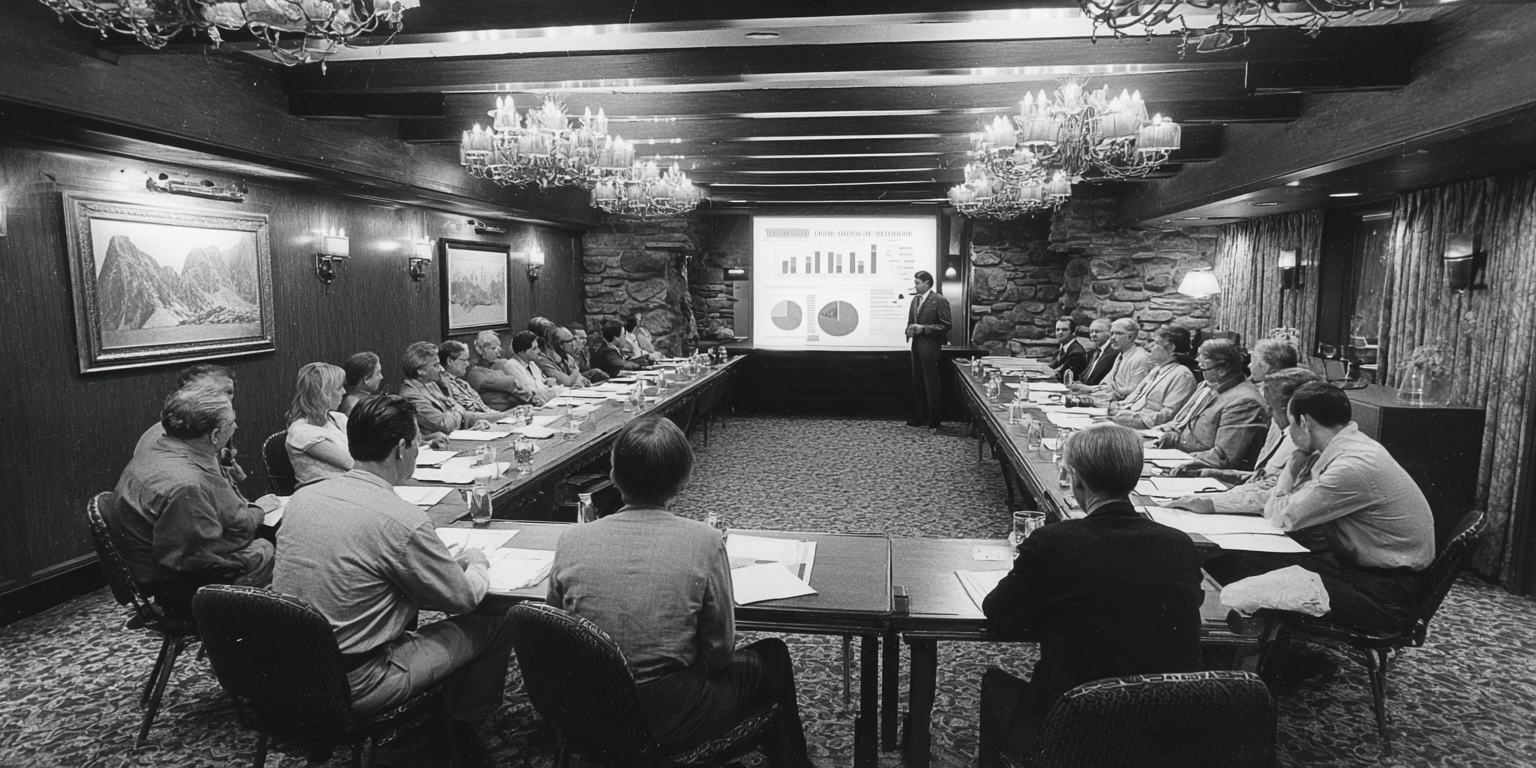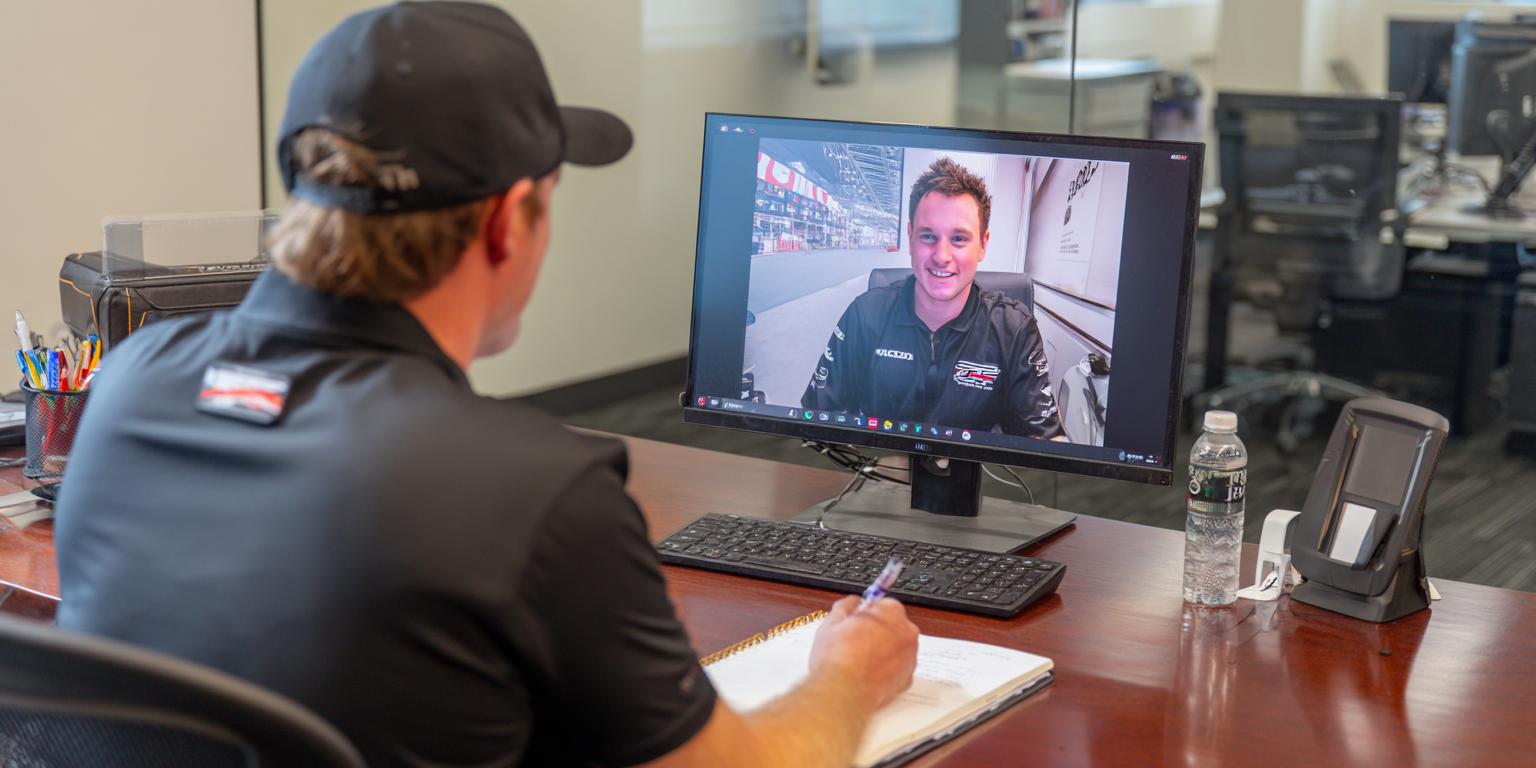
Since humans have existed, we’ve been trying to go faster, further, and better. The idea of a motor-powered bike took hold earlier than you might think, with the first one appearing in the 1860s, powered by steam.1 In the 1880s, technology advanced as inventors began motorizing bicycles, leaving the pedals on.2
In the early 1900s, these motorized bikes were mass-produced for WWI,3 and manufacturing grew as a result. By 1920, Harley-Davidson was the largest motorcycle manufacturer4–and by the mid-1930s, over 80 different makes were available in familiar brands like Triumph and Indian (alongside unfamiliar brands, like SOS, New Gerrard, and Whitwood). Dealers began specializing in motorcycles, rather than selling them alongside other vehicles, making speed and better transportation available to more people than ever before.
As the powersports industry grew, so did the need for benchmarks, peer-to-peer support, and accountability–so 20 Groups became a key part of dealers’ plans for success. 20 Groups began in the auto industry in the 1940’s–a way for car dealerships to grow faster, further, and better using benchmarking and sharing best practices. Noncompeting dealers formed groups of about twenty and would travel to a central location a few times a year to meet and compare numbers.
In 1981, Ed Lemco5 took this 20 Group structure from the automotive industry to the powersports industry. Providers multiplied and 20 Groups expanded to adjacent retail segments, including lawn, outdoor power equipment, marine, and RV. This was the first time powersports had structured benchmarking–and dealers could measure their profitability and make adjustments to their operations based on their peers’ success.
As technology advanced through the 1990s and early 2000s, DMS systems began providing software for accounting, streamlined reporting, and KPIs, making it easier for 20 Groups to track trends and leverage their numbers. But while 20 Groups helped dealers improve, they were expensive and required time for travel that dealers couldn’t always sacrifice. Jared Burt, a powersports veteran himself, experienced these problems firsthand–and in 2019, he created a virtual-first 20 Group model to solve them: DealerHero 20 Groups.
DealerHero 20 Groups is a virtual-first 20 Group with optional in-person meetups at major industry events throughout the year. Every month, these virtual 90-minute sessions zero in on one key profit center, helping powersports dealers simplify the chaos and focus on the KPIs that actually drive success.

DealerHero 20 Groups make dealership performance less complicated by guiding dealers to what is wildly important. This is your monthly tune-up, strategy session, and accountability checkpoint rolled into one.
Since humans have existed, we’ve been trying to go faster, further, and better–and DealerHero 20 Groups offers this opportunity. Discover the future of powersports success at https://www.herohub.com/20-groups.